-
The history of silk making
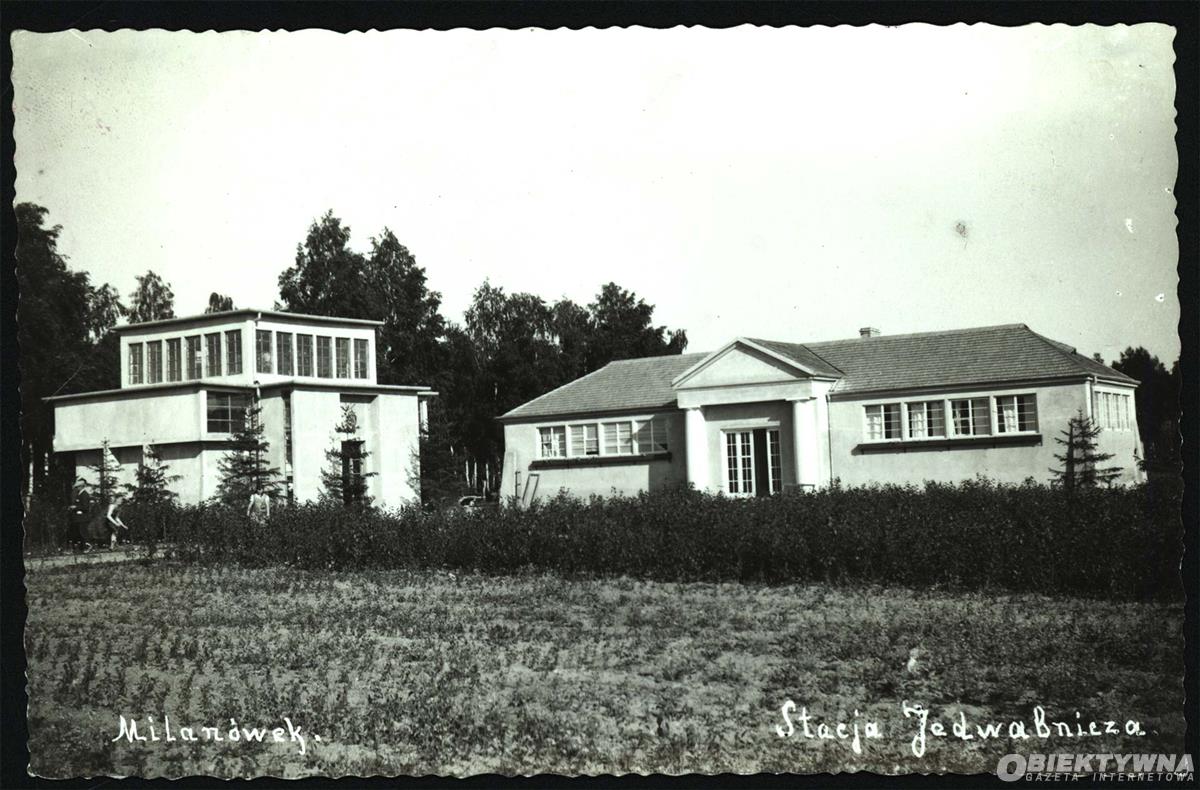
fot.: https://www.obiektywna.pl/Milanowek/rodzina-witaczkow3
Milanówek - the capital of Polish silk
Milanówek was hailed as the capital of Polish silk almost 100 years ago. This happened thanks to Henryk and Stanisława Witaczek, who founded the Central Experimental Silk Station in 1924. From then until the 1990s, various types of silk fabrics were produced in Milanówek. The company founded by Witaczków survived various twists and turns of history, and finally, after privatization, stopped producing fabrics. This is how the chapter related to silk weaving in Milanówek ended, but the tradition of painting on silk has survived and is undergoing a renaissance.
Luma Milanówek, cultivating the Milanów tradition, provides you with products - scarves, shawls and shawls - hand-painted by experienced artists. The works are made using various techniques, on various types of silk fabrics - from satin, through crepe, to habotai. Painting each scarf or shawl is very time-consuming. Extreme care when creating beautiful patterns on silk makes each piece a small masterpiece. Created thanks to extraordinary craftsmanship, exclusive silk accessories are the flagship product of our company.
How is silk made?
The caterpillars of one of the thousands of species of butterflies - the mulberry silkworm - feed on mulberry leaves, which is why the first stage of obtaining silk is tree breeding. After a few days of receiving solid portions of mulberry leaves, the caterpillars start building a cocoon in which they will pupate into a butterfly. During this time, a precious thread approximately 1.5 km long is created. The collected cocoons are exposed to hot steam, which makes it easier to unwind the tightly woven, thin thread. Then comes the spinning process, which produces silk yarn, which is the raw material for fabric production.
Where did silk come from?
"Shining with rainbow colors, airy like mist, sensual like the essence of desire." Silk. The most luxurious natural fiber, used to produce wonderful fabrics, including: such as: satin, twill, crepe, georgette, jacquard.
Silk has not gone out of fashion for several thousand years. Its history dates back to the fourth century BC. and ancient China. For a long time, about 2,000 years, the Chinese carefully guarded the secret of obtaining silk threads and grew rich by exporting the fabric to the West, the so-called the Silk Road, a trade route connecting China with the Middle East and Europe, which owes its name to silk.
Once the secret was no longer a secret, silk production began to spread throughout Asia and then Europe. It began to develop in Poland after regaining independence in 1918.
The history of Milanów silk
The Witaczek siblings had a passion for silk in their genes. Henry was educated in the breeding of mulberries and silkworms during his stay in Georgia. There he also began working in a silk factory managed by his father, where he worked at every stage of production, from developing silk rituals, through weaving, to dyeing fabrics and yarns. All this in order to explore the secrets of silk production and develop it in Poland.
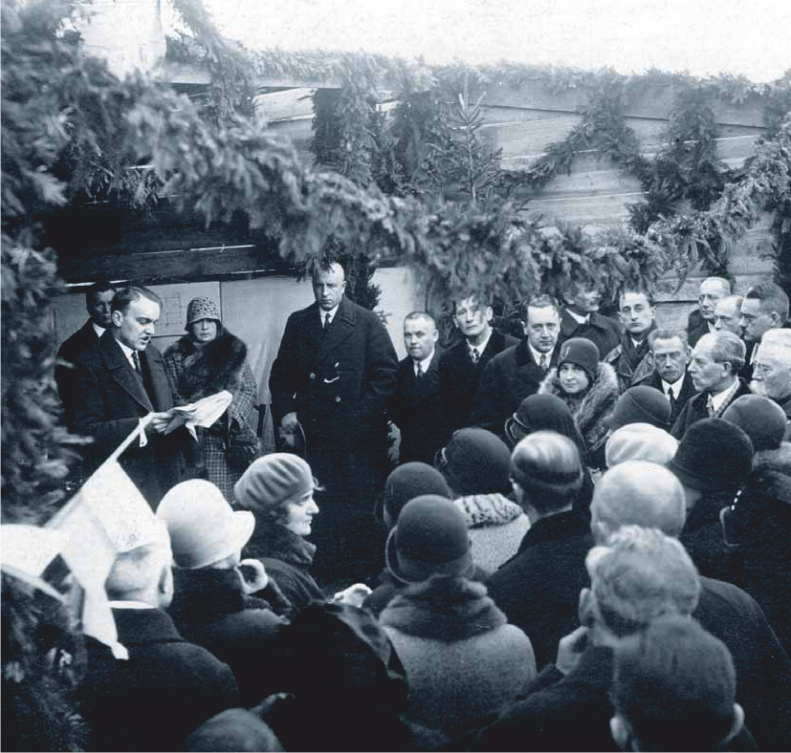
Wmurowanie kamienia węgielnego pod budowę Centralnej Doświadczalnej Stacji Jedwabniczej na zdj. m.in. Henryk Wiitaczek
In 1924, Henryk Witaczek and his sister Stanisława, despite the lack of support from their surroundings, founded the Central Experimental Silk Station in Milanówek, a research enterprise. At the beginning, they taught and popularized silkworm breeding and mulberry planting and cultivation.
When mulberry cultivation became popular in Poland, it turned out that someone had to take care of the purchase and processing of cocoons. CDSJ, originally a research institution, then began to deal with the next stage of silk processing. Wooden fiber processing equipment was designed by Henryk Witaczek.
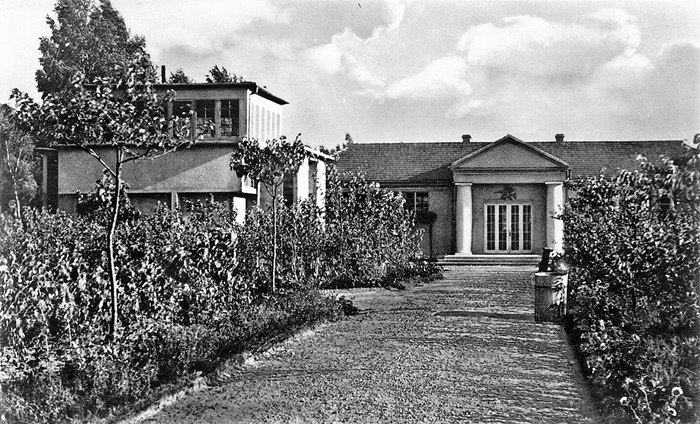
Budynek Centralnej Doświadczalnej Stacji Jedwabniczej Milanówek zbiory M. Dygas i Cyfrowego Archiwum Tradycji Lokalnej w Milanówku (CATL) M. Koszuta
Over time, the demand for silk on the market began to increase, which contributed to the industrialization of the Witaczków plant and the expansion of human resources working on an increasingly wider range of products offered. Classic silk fabrics, taffeta, grey-gray canvas, crepe were produced, dress coupons, scarves and ties were sold, as well as fancy decorative, upholstery and banner fabrics.
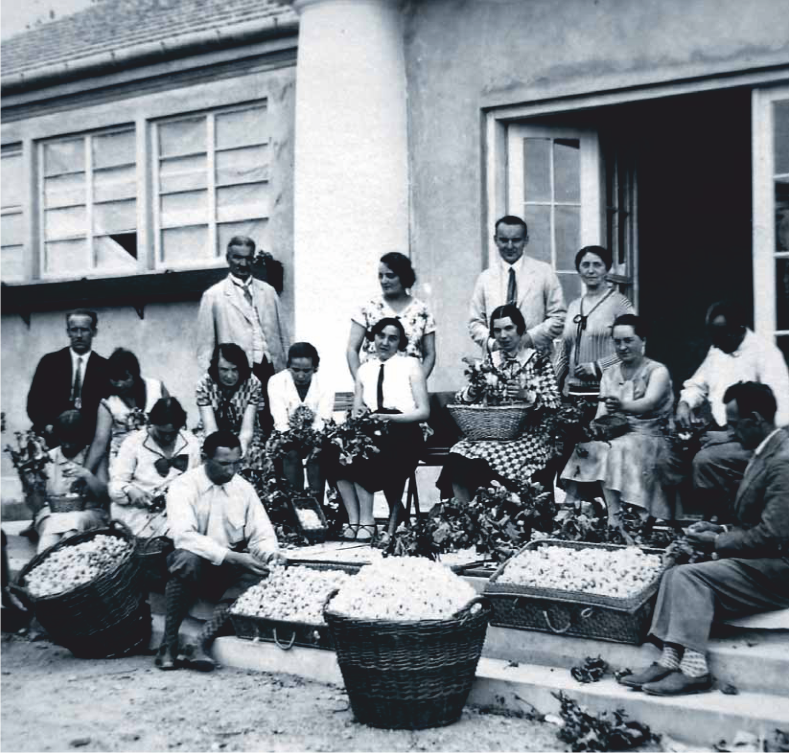
Praca przy oprzędach - zbiory M. Dygasi (CATL) M. Koszuta
In the 1930s, the company had its own chain of elegant "Milanówek" stores, and Milanówek silk enjoyed a high reputation. The company cooperated with the Academy of Fine Arts, which designed fabric patterns.
The company's dynamic development was brutally interrupted by the outbreak of World War II. During the war, Henryk Witaczek continued to run the company, but the Germans sent a supervising commissioner and production focused mainly on parachutes for the army.
The Witaczeks were very involved in social activities at that time. Thanks to the factory, many lives were saved from street roundups by offering real or fictitious employment. It was also during the occupation that the first hand-painted fabrics began to be created - all in order to provide employment to as many people as possible.
The Witaczeks accepted refugees from the eastern borderlands and also from Warsaw. The closed orphanage of Father Baudouina from Warsaw had just moved to Milanówek, and the equipment of the Infant Jesus Hospital was stored on the factory premises. Henryk Witaczek supported the activities of the Home Army, as well as the secret Secondary School operating in Milanówek.
Unfortunately, after the war, the Witaczeks were deprived of their belongings - the factory they had founded and developed beautifully over the years. It is worth remembering their services to the Polish silk industry. They contributed largely to the popularization of this craft - they educated, employed, developed production technology, and created fashion trends in the 1930s.
After the war, all company stores were closed and the company itself was renamed the state-owned Zakłady Jedwabiu Naturalnego "Milanówek". The plants continued the tradition of hand-painted and printed silk fabrics, gaining recognition in Poland and around the world. The taffetas, satins, scarves, ties and scarves produced here have become synonymous with luxury in the gray reality of the Polish People's Republic.
The tradition of silkworm breeding, which makes Milanówek unique on a national scale, began to decline in the 1980s, and the economic changes of the 1990s led to the complete suspension of its production.
Fortunately, the tradition of painting on silk is still cultivated in Milanówek.
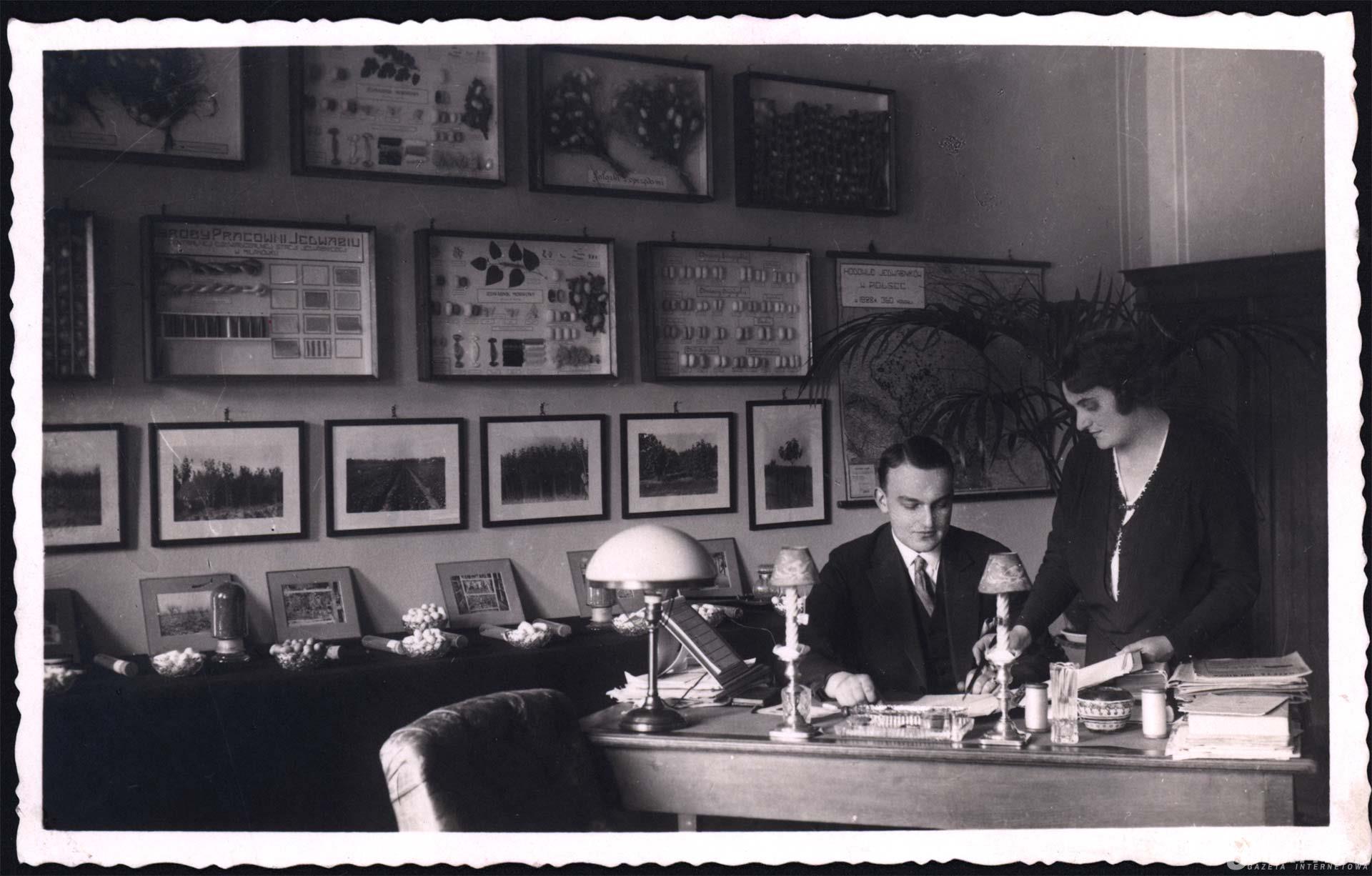
Rodzeństwo - Henryk i Stanisława Witaczek fot.: https://www.obiektywna.pl/Milanowek/rodzina-witaczkow3
The uniqueness of silk
Natural silk is the only fiber from which various materials can be made - a flowing habotai, a thick jacquard, and many others.
What makes silk fabric delicate and shiny, but at the same time strong and flexible? Silk is one of the thinnest natural fibers and its structure is very specific. Fibroin, which is the basis of silk fiber, is a protein substance that is extremely durable and flexible at the same time. The triangular cross-section of the fibers causes the light to be refracted as in a prism.
Due to the fact that silk fabric is hygroscopic (absorbs moisture), it cools in hot weather and warms in cold weather.
Moreover, silk does not cause allergies and even repels lice, fleas and other parasites.
This extraordinary fabric is used not only in fashion, but also in, among others, in surgery or musical instruments. It was once used in parachutes and also decorated the walls of royal palaces.


